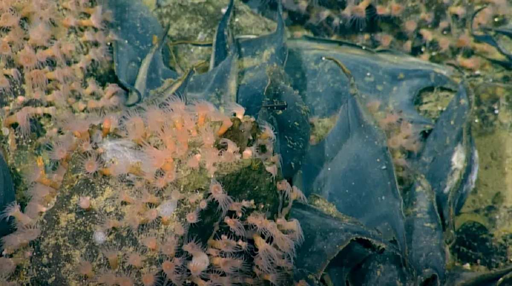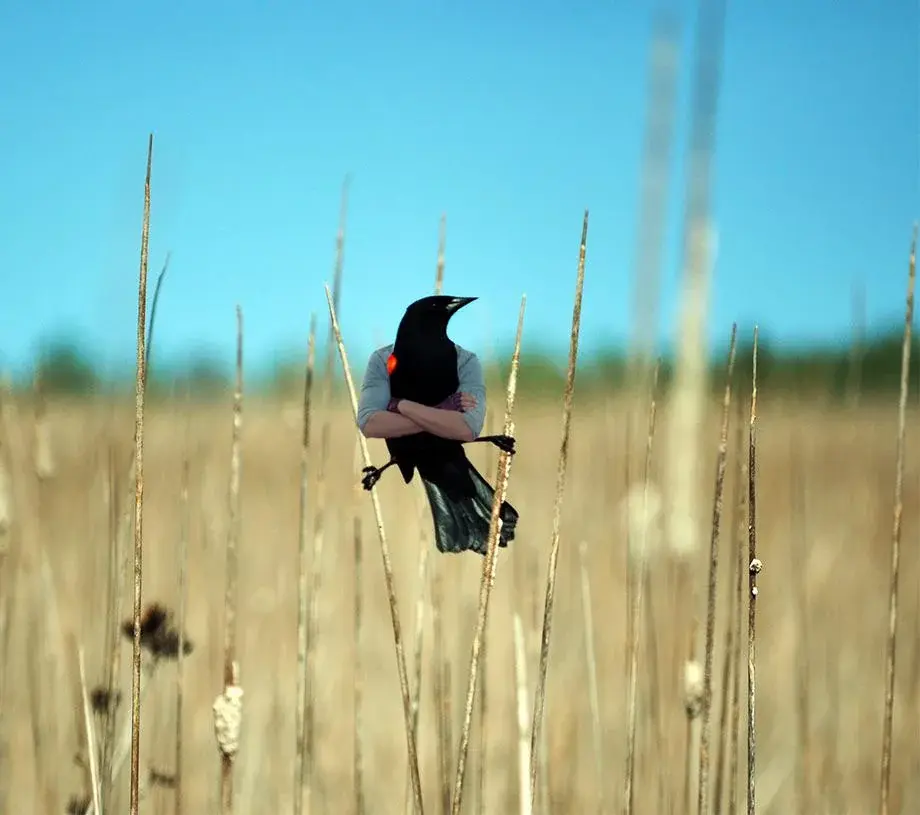Far beneath the Pacific Ocean, off the coast of Vancouver Island, a seemingly dormant underwater volcano has revealed a breathtaking secret—one that has left scientists both thrilled and puzzled. What began as a geological survey quickly turned into a remarkable biological discovery: a hidden nursery where thousands—possibly over a million—giant eggs are incubating in the warm embrace of volcanic heat.
Back in 2019, researchers from Fisheries and Oceans Canada launched a deep-sea mission to explore a 2,000-square-kilometer seamount that rises more than 1,100 meters above the seafloor. Initially believed to be extinct, the volcano surprised the team by venting mineral-rich hot water, a clear sign of ongoing geological activity. This natural heat source has created a rare haven for marine life, especially deep-sea corals and sponges.
But the true marvel came when the scientists spotted white skate rays (Bathyraja spinosissima) laying eggs in droves across the summit of the volcano—1.5 kilometers below the surface.
While deep-sea rays aren’t new to marine biologists, what stunned the team was the sheer scale of this reproductive gathering. Based on initial counts and image surveys, experts believe the site could be home to hundreds of thousands, possibly over a million eggs—a number that has never before been documented for this species.
What’s even more astounding is the size of the eggs themselves. These rays produce egg cases nearly 50 centimeters in length, resembling soft, curved pillows or even ravioli in shape. That’s massive by marine standards. Producing such energy-intensive eggs is a strategy that ensures each embryo has ample nutrients to survive the harsh conditions of the deep sea.
White skate rays typically dwell between 800 and 2,900 meters deep, making them difficult to study. But scientists now believe these females may be strategically using hydrothermal warmth to speed up embryonic development—a biological shortcut in a cold and slow world. According to marine biologist Cherisse Du Preez, incubation in this harsh environment can take up to four years, but the residual heat from the volcano may significantly reduce that time.
And it’s not just about warmth. The volcano’s summit offers shallower, more protected terrain, where vulnerable hatchlings can grow before venturing into deeper, more dangerous waters.
This rare convergence of geology and biology offers researchers a one-of-a-kind opportunity to study how extreme environments influence life. Just like the vents discovered near the Galápagos years ago, this site proves that even the harshest locations can nurture complex life.
The adaptive strategy of these rays—laying large eggs in volcanically active zones—shows an evolutionary brilliance that has likely gone undetected for centuries. And while we may never know exactly what other species share this hidden volcano habitat, it’s a strong reminder of how much there still is to explore below the surface.
As the mystery of the million eggs unfolds, it brings with it a renewed urgency to protect deep-sea ecosystems. These volcanic oases are fragile, and with deep-sea mining and climate change threatening marine habitats globally, discoveries like this underscore the need for responsible exploration and global cooperation in preserving what we’ve only just begun to understand.
This isn’t just a story about a volcano or even about a rare marine species. It’s a reminder that the deep ocean holds secrets more profound than we can imagine—secrets that challenge our understanding of life and force us to look again at how interconnected our planet truly is.
“And in other news, the US threatens to invade the Vancouver Island to replenish its egg stock”
Was hyped for Godzilla all I got was skates…
and now you’re even more hyped, surely?
good god nothing about this article makes me want to trust it even the least bit, that video at the top feels so AI-generated and sloppy…
fuuuuuuuuck offfff with this OOO GIANT EGGS OOOO MONSTERS OOO WHAT COULD THIS BE??? bullshit, i can tolerate some clickbait but we’re at a point where these articles look like students trying to hit a word quota.
“Multiple leviathan class creatures detected. are you sure whatever you are doing is worth it?”
Cheeky subnautica reference. Love it.
Uff this title is clickbait BS, TL;DR:
- The eggs are Pacific White Skate eggs
- They weren’t “released” from the volcano
- It’s likely they lay them there for the warmth coming from hydrothermal plumes because their habitat is relatively deep at 800-2900 m below sea level
Other articles from ~2023:
Im shocked there was any truth to this terrible article with that ai generated video nonsense.
I both love and hate when scientific articles have titles like the start of a sci-fi movie.
I’m pretty sure this is how we get eldritch abominations.




